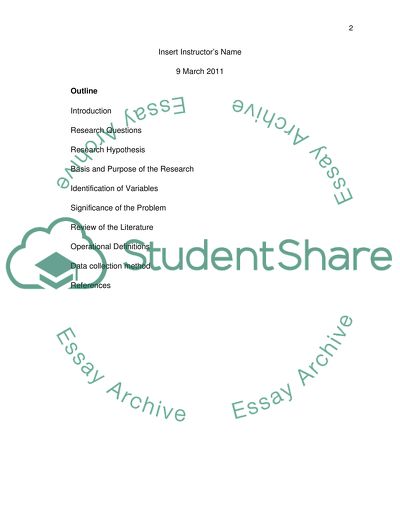Cite this document
(“Does Cognitive Behavioral Therapy work best for Bipolar I or Bipolar Research Proposal”, n.d.)
Retrieved from https://studentshare.org/gender-sexual-studies/1410800-does-cognitive-behavioral-therapy-work-best-for
Retrieved from https://studentshare.org/gender-sexual-studies/1410800-does-cognitive-behavioral-therapy-work-best-for
(Does Cognitive Behavioral Therapy Work Best for Bipolar I or Bipolar Research Proposal)
https://studentshare.org/gender-sexual-studies/1410800-does-cognitive-behavioral-therapy-work-best-for.
https://studentshare.org/gender-sexual-studies/1410800-does-cognitive-behavioral-therapy-work-best-for.
“Does Cognitive Behavioral Therapy Work Best for Bipolar I or Bipolar Research Proposal”, n.d. https://studentshare.org/gender-sexual-studies/1410800-does-cognitive-behavioral-therapy-work-best-for.


